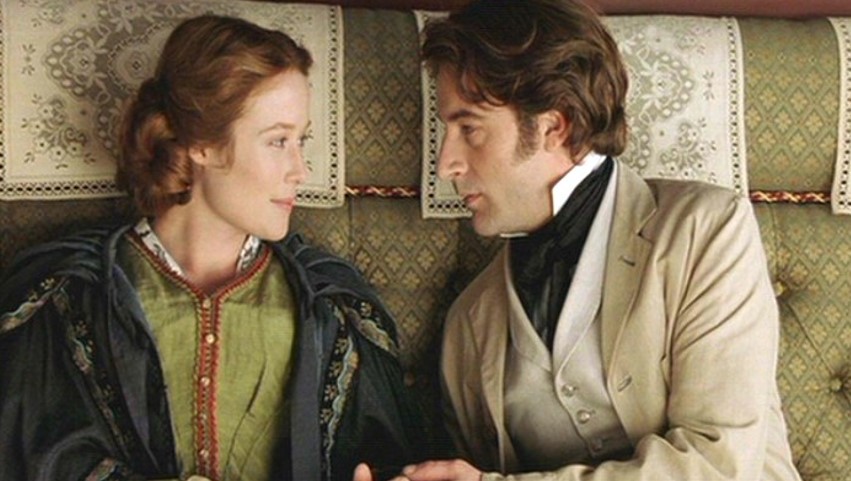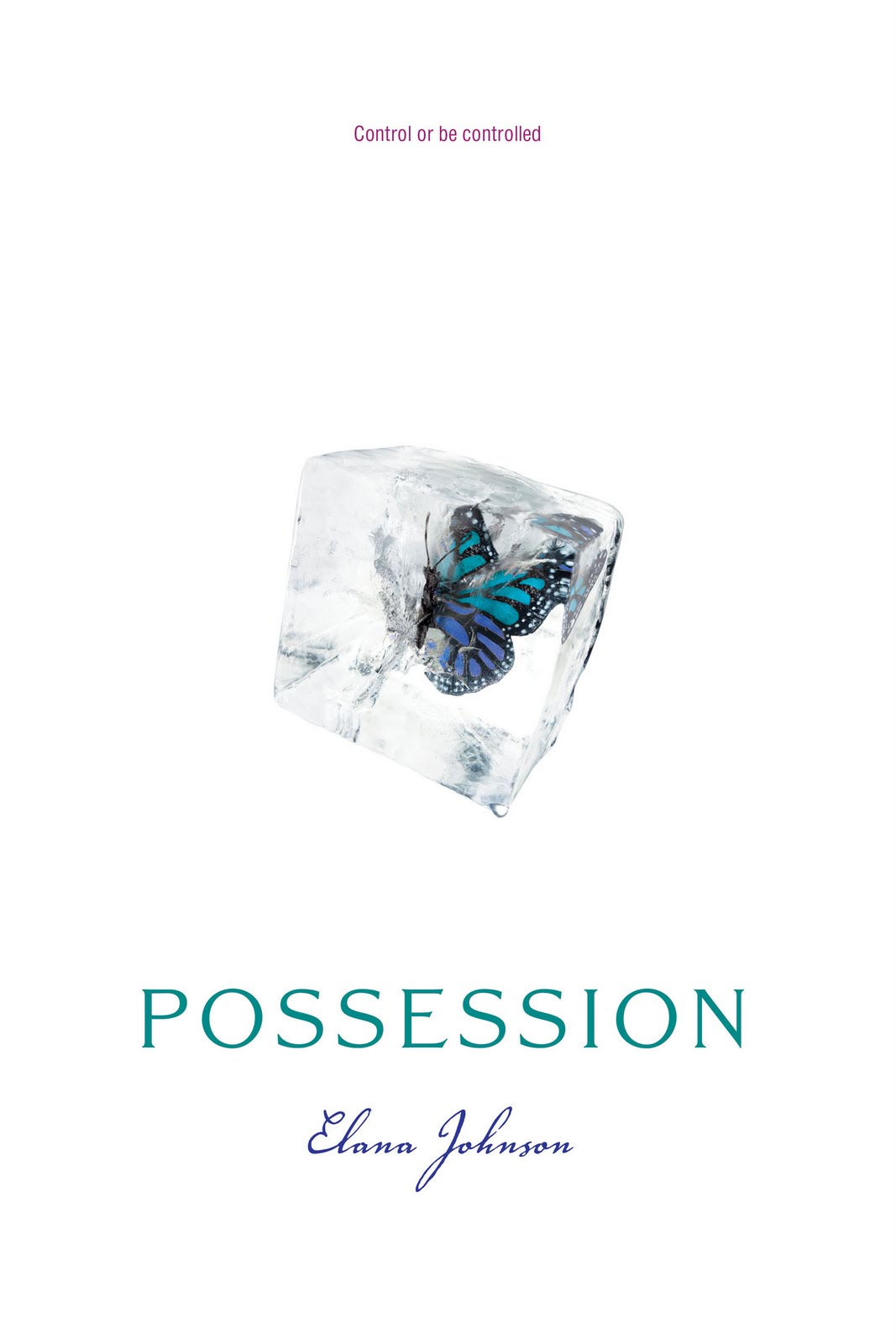
She wrote all the poems herself, a task which required her to adopt different voices and styles for each of her Victorian poets – so successful was she that many readers apparently believed Ash and La Motte were real. A S Byattīyatt’s versatility as a writer is evident in the multiple narrative styles found in Possession. Their stories are intertwined so objects from one era reappear in the other - a Victorian jet brooch that Maud wears for example - and the two pairs of lovers share similar behaviours so Roland’s admiration for Maud’s hair parallels Ash’s fascination with LaMotte’s tresses. The painful Victorian love story of Ash and LaMotte, retold through their poems and letters, has its counterpoint in the present-day story of Mitchell and Bailey, whose academic partnership slowly grows into love. What ensues is a cross between the tradition of the romance adventure with its battle between good and bad and the tradition of a mystery story where the characters have to follow a trail of clues to find the solution.īyatt skillfully weaves these (or to use Byatt’s own description of ‘a piece of knitting’) into two parallel stories. Ranged against them all is the determination of Ash’s widow to preserve her husband’s secret. In the background there is Cropper’s arch rival Professor James Blackadder, editor of Ash’s Complete Works who is determined to preserve all of Ash’s work in England. Together they embark on a quest to discover the truth, piecing the story together from a vast array of sources, including letters, journal entries and field trips to Yorkshire and France.īut they are not the only ones in pursuit. From across the Atlantic come Professor Leonora Stern, an avid feminist who is possessed by LaMotte’s supposed lesbian tendencies and Mortimer Cropper, a scholar-collector who is hell-bent on acquiring everything once owned by Ash and shipping it to the USA. Instead he teams up with another academic Maud Bailey, who has devoted years to dissecting LaMotte’s work. He steals them and also hides his discovery from his boss.

The first example comes only a few pages into the story when a postgraduate researcher uncovers some letters which hint at a secret relationship between the Victorian poets Randolph Henry Ash and Christabel LaMotte. The more you read it, the more forms of possession become apparent: legal ownership of correspondence and creative work obsession with words control of one’s history exertion of influence emotional disturbance. Possession in all its manifestations - physical, spiritual, emotional - is the focus of A S Byatt’s 1990 Booker winning novel.


When a writer dies, should their private lives die with them? Or should they become the possessions of academics and enthusiasts, to be collected, catalogued and analysed like laboratory specimens.


 0 kommentar(er)
0 kommentar(er)
